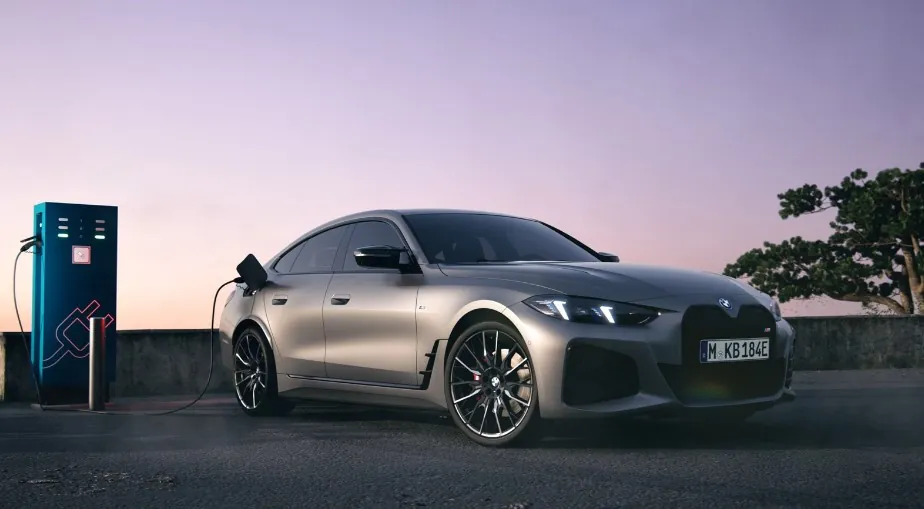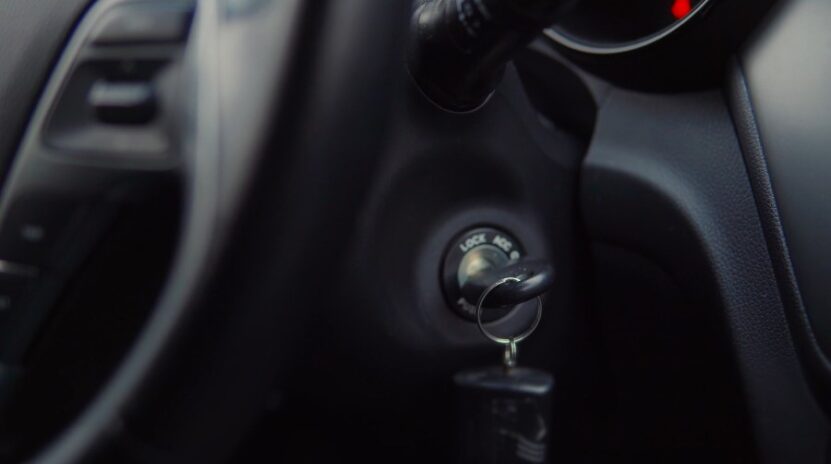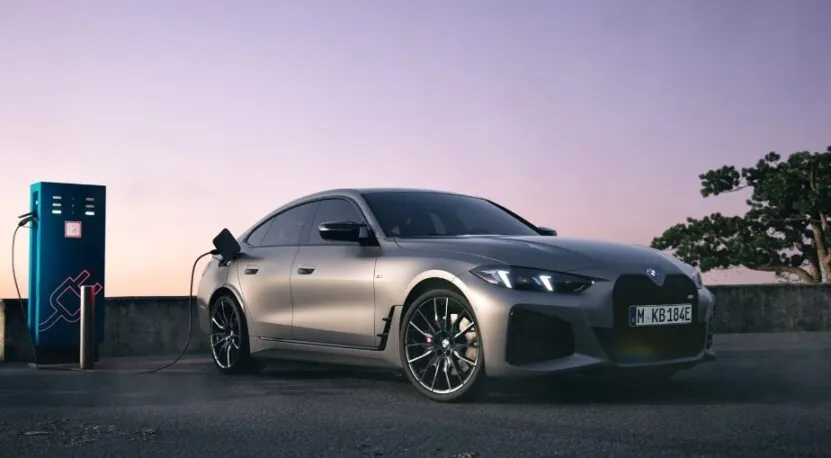
Share Post:
Keyless entry was supposed to make car ownership easier. No more fumbling with keys or pressing buttons—just walk up, open the door, and drive away.
Sadly, thieves are doing the same. Convenience has created a backdoor, and they’re walking right through it.
In 2021 alone, over 100,000 vehicles were stolen in the UK. A massive chunk involved keyless theft. The idea that your car can vanish from your driveway while you’re sleeping is no longer paranoia—it’s modern reality.
Table of Contents
ToggleHow Keyless Car Theft Works
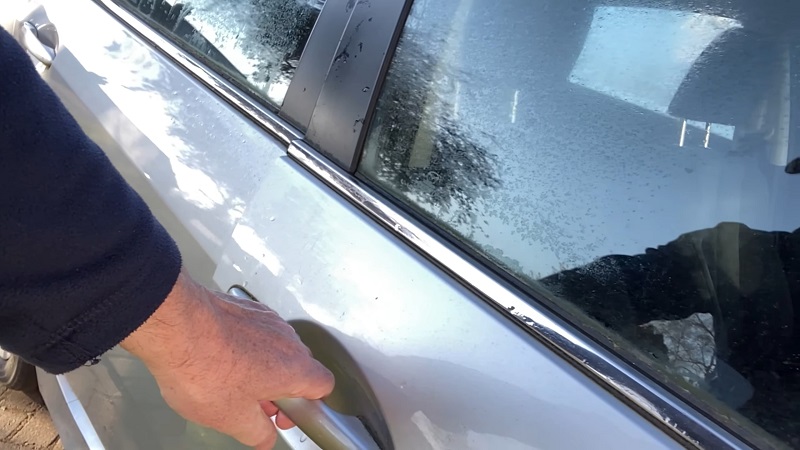
Car thieves today don’t need to be mechanics or tech geniuses. All they need is a basic signal-relay kit and a sense of timing.
No crowbars, no broken glass, and no hot-wiring are required. It’s silent, fast, and incredibly low-risk for the thief.
Keyless entry systems constantly emit a low-frequency signal, waiting to connect with the key fob. That’s exactly what criminals exploit.
With two people and a pair of inexpensive relay devices, often purchased online, they mimic the presence of the real key and trick the car into unlocking itself.
Here’s how the method works in real life:
- One thief walks up to your house, front door, or window with a relay amplifier. This device picks up the signal coming from the key fob inside—even if it’s in a drawer or handbag.
- That signal is then boosted and transmitted to a second person who is standing next to the car with a relay transmitter.
- The car receives the signal, believes the real key is within range, and unlocks its doors.
Once inside, the same fake signal allows the thief to start the engine. No alarms go off. No physical entry is needed.
Key facts about relay theft:
- Total time required: Often between 20 and 60 seconds
- Noise level: Nearly silent—no smashing or alarms
- Tools needed: Two relay devices costing under $200 combined
- Risk to the thief: Low—can be done without stepping inside the home or damaging the car
Most people don’t even know their vehicle is gone until hours later. By then, it’s often miles away or already stripped for parts.
Car thieves aren’t bothering with brute force anymore—they’re using Wi-Fi-strength trickery to bypass everything.
Motion-detecting key fobs or signal-blocking storage methods like Faraday pouches can slow them down, but too many cars still roll off driveways each night without resistance.
The biggest vulnerability is passive trust in the system—while thieves use that blind spot to their advantage.
What Manufacturers Are Doing (and Not Doing)
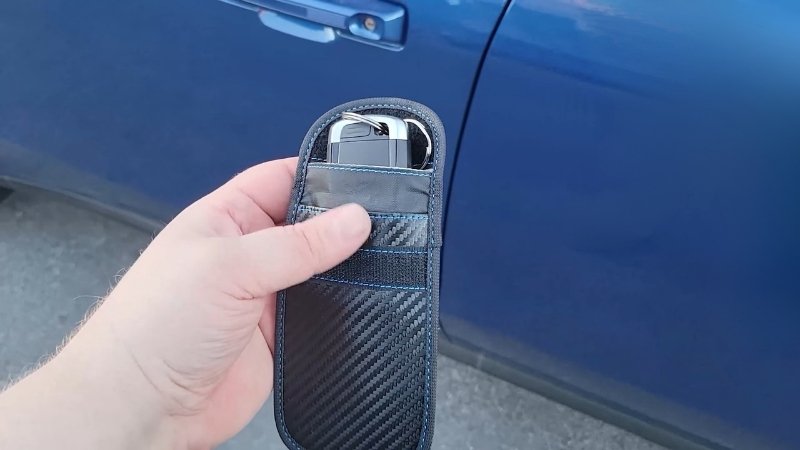
Manufacturers have finally acknowledged the problem, but progress remains inconsistent.
Some brands have added motion-sensor key fobs that go to sleep when not in use, such as BMW, Mercedes, and Ford. Jaguar and Land Rover implemented ultra-wide band (UWB) signals to prevent spoofing attacks.
Kia took a different route by offering Faraday pouches, which block key signals entirely. A good move, but optional accessories don’t fix factory-level security flaws. The majority of keyless cars remain susceptible unless owners take extra precautions.
Companies like Access Fobs Limited offer replacement keys, fobs, and signal-blocking accessories, giving drivers practical tools to reduce vulnerability where manufacturers fall short.
Efforts are scattered, and responsibility still falls largely on the owner. Meanwhile, thieves keep adapting faster than automakers respond.
Real-World Reactions and Stories
Online forums are filled with stories that range from hilarious to horrifying. One user swore by keeping their car keys in a microwave until their spouse accidentally nuked them.
Another shared how they installed a 1970s-style steering wheel lock to feel safe in a 2023 model.
The irony isn’t lost on anyone. People bought keyless cars for convenience but now sleep with wheel locks and signal-blocking boxes. Experts are split, some call it an urban legend, others say car owners are dangerously underprepared.
Meanwhile, insurance companies raise premiums, and car owners wonder how many layers of aluminum foil it takes to feel secure.
Which Cars Are Most at Risk?
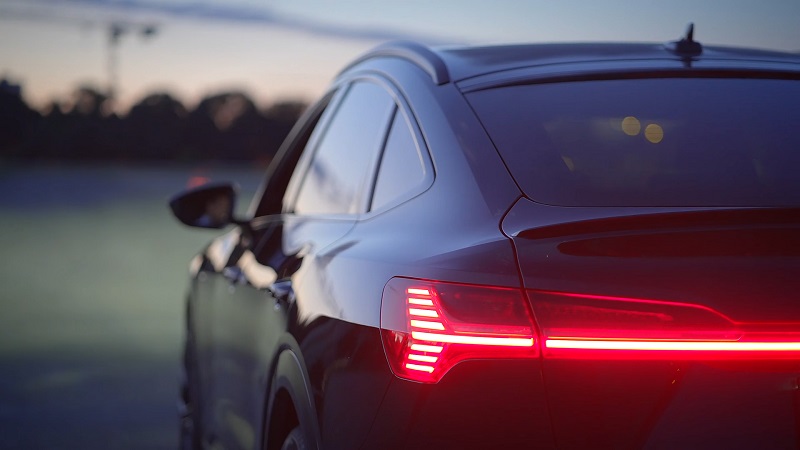
Any vehicle with a true keyless entry system, where touching the handle unlocks the doors without pressing a button, is a potential target.
Thatcham and ADAC tests have revealed how certain models hold up better than others.
Harder to Steal:
- BMW X6
- Porsche Taycan
- Audi e-tron
- Jaguar XE
Easy Targets:
- Mazda 3
- Ford Mondeo
- Toyota RAV4
- Lexus UX
Some models respond better to attempts, but most still fall victim without proper countermeasures.
It’s not about luxury vs. economy. It’s about built-in protection.
What Happens to Stolen Cars?
Once a keyless car is snatched, time becomes the thief’s greatest weapon. The vehicle is moved quickly, often within minutes, to avoid detection.
Every second it stays in one place increases the risk of recovery, so swift action is the norm.
Many stolen cars are fitted with cloned plates. These fake registration numbers match legally registered vehicles of the same make and model, making it harder for police or traffic cameras to identify the theft.
Once disguised, the car can head straight for one of several fates:
- Cars are driven across national borders and sold in markets where VIN checks are less strict or bribery is a common practice.
- Some are hidden in containers bound for overseas buyers.
- Vehicles are taken to illegal “chop shops,” where they’re dismantled for valuable parts, engines, transmissions, and electronics that are sold separately on the black market.
- High-end models sometimes reappear on resale websites using forged ownership papers and fake service histories.
Trackers are a thief’s first target. Once the car is secured, criminals usually:
- Locate and remove any visible GPS trackers.
- Use signal jammers to block transmissions until they’re confident it’s safe.
- Search for hidden or secondary trackers installed by cautious owners or advanced systems.
Police occasionally intercept vehicles due to last-minute tracker pings or routine port inspections, but such recoveries are rare. In most cases:
- Cars vanish within hours.
- Recovery rates remain low unless sophisticated anti-theft tech survives.
- Authorities often face legal and logistical hurdles once cars leave the country.
Final Thoughts
Keyless technology isn’t going away. The convenience it brings is too tempting, both for buyers and for brands trying to outdo one another. Unfortunately, criminals are benefiting even more.
Security measures haven’t caught up. Automakers push features that look sleek in commercials, but real-world theft prevention often feels like an afterthought.
Until that changes, staying ahead of thieves means extra effort on the part of owners. Steering locks, Faraday boxes, and tracker apps aren’t relics—they’re necessary tools in an ongoing fight.
Related Posts:





